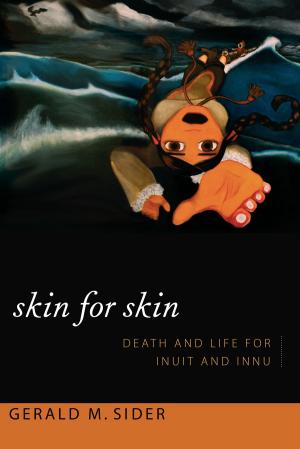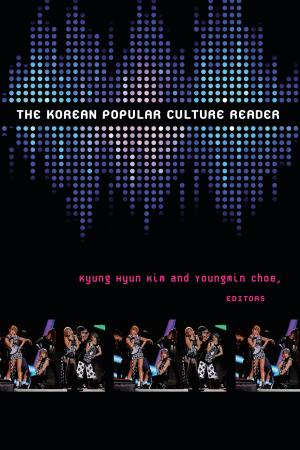Intimate Outsiders
The Harem in Ottoman and Orientalist Art and Travel Literature
Nonfiction, Social & Cultural Studies, Social Science, Gender Studies, Women&| Author: | Mary Roberts, Nicholas Thomas | ISBN: | 9780822390459 |
| Publisher: | Duke University Press | Publication: | December 10, 2007 |
| Imprint: | Duke University Press Books | Language: | English |
| Author: | Mary Roberts, Nicholas Thomas |
| ISBN: | 9780822390459 |
| Publisher: | Duke University Press |
| Publication: | December 10, 2007 |
| Imprint: | Duke University Press Books |
| Language: | English |
Until now, the notion of a cross-cultural dialogue has not figured in the analysis of harem paintings, largely because the Western fantasy of the harem has been seen as the archetype for Western appropriation of the Orient. In Intimate Outsiders, the art historian Mary Roberts brings to light a body of harem imagery that was created through a dynamic process of cultural exchange. Roberts focuses on images produced by nineteenth-century European artists and writers who were granted access to harems in the urban centers of Istanbul and Cairo. As invited guests, these Europeans were “intimate outsiders” within the women’s quarters of elite Ottoman households. At the same time, elite Ottoman women were offered intimate access to European culture through their contact with these foreign travelers.
Roberts draws on a range of sources, including paintings, photographs, and travelogues discovered in archives in Britain, Turkey, Egypt, and Denmark. She rethinks the influential harem works of the realist painter John Frederick Lewis, a British artist living in Cairo during the 1840s, whose works were granted an authoritative status by his British public despite the actual limits of his insider knowledge. Unlike Lewis, British women were able to visit Ottoman harems, and from the mid-nineteenth century on they did so in droves. Writing about their experiences in published travelogues, they undermined the idea that harems were the subject only of male fantasies. The elite Ottoman women who orchestrated these visits often challenged their guests’ misapprehensions about harem life, and a number of them exercised power as patrons, commissioning portraits from European artists. Their roles as art patrons defy the Western idea of the harem woman as passive odalisque.
Until now, the notion of a cross-cultural dialogue has not figured in the analysis of harem paintings, largely because the Western fantasy of the harem has been seen as the archetype for Western appropriation of the Orient. In Intimate Outsiders, the art historian Mary Roberts brings to light a body of harem imagery that was created through a dynamic process of cultural exchange. Roberts focuses on images produced by nineteenth-century European artists and writers who were granted access to harems in the urban centers of Istanbul and Cairo. As invited guests, these Europeans were “intimate outsiders” within the women’s quarters of elite Ottoman households. At the same time, elite Ottoman women were offered intimate access to European culture through their contact with these foreign travelers.
Roberts draws on a range of sources, including paintings, photographs, and travelogues discovered in archives in Britain, Turkey, Egypt, and Denmark. She rethinks the influential harem works of the realist painter John Frederick Lewis, a British artist living in Cairo during the 1840s, whose works were granted an authoritative status by his British public despite the actual limits of his insider knowledge. Unlike Lewis, British women were able to visit Ottoman harems, and from the mid-nineteenth century on they did so in droves. Writing about their experiences in published travelogues, they undermined the idea that harems were the subject only of male fantasies. The elite Ottoman women who orchestrated these visits often challenged their guests’ misapprehensions about harem life, and a number of them exercised power as patrons, commissioning portraits from European artists. Their roles as art patrons defy the Western idea of the harem woman as passive odalisque.















